We sample the world’s first all-electric DeLorean, a stainless steel marvel for the modern age
Electrogenic brings its brilliance with batteries and motors to bear on the iconic DeLorean DMC-12, giving this classic design the futuristic feel it deserves
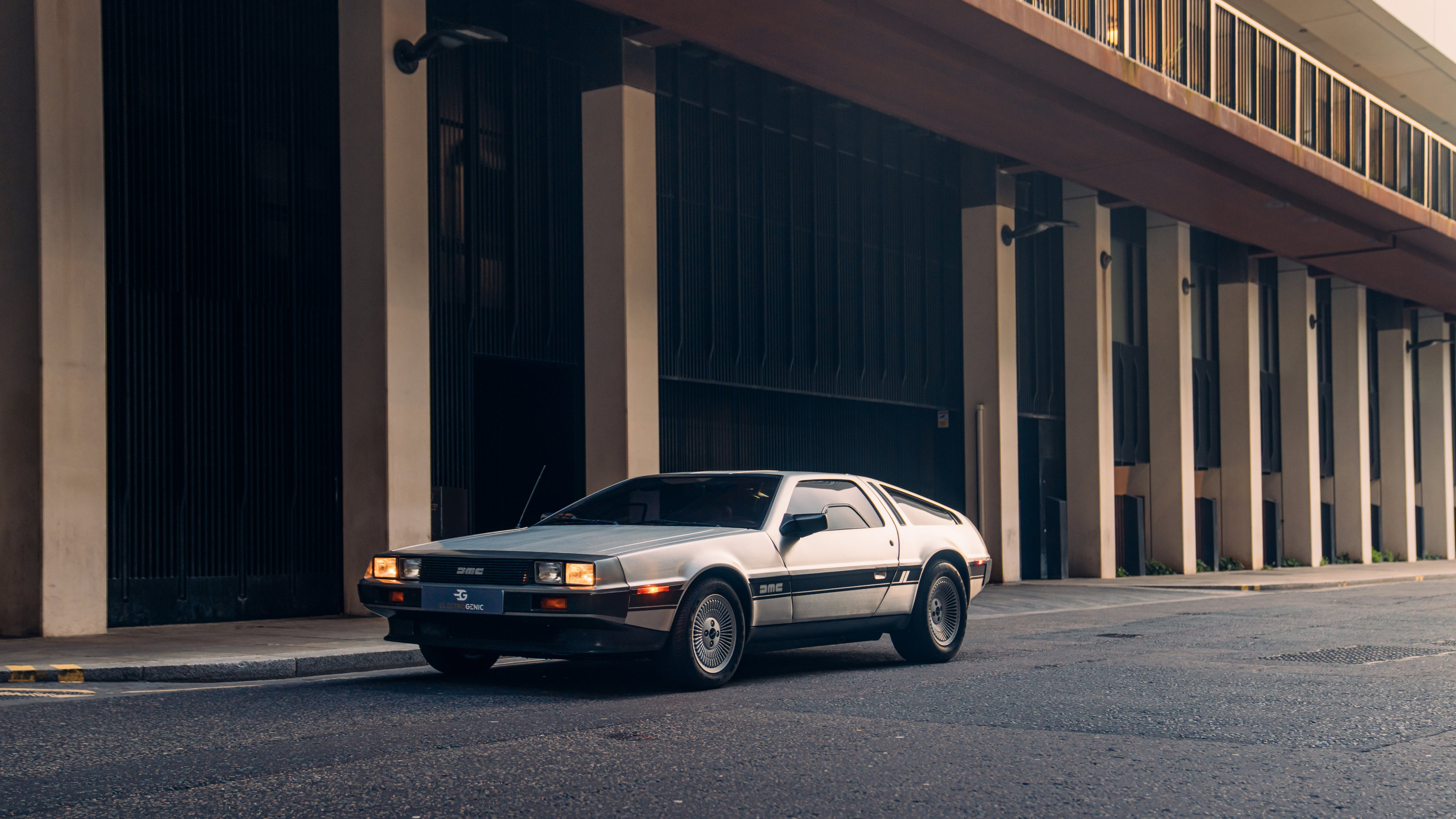
Electrogenic is a place where classic cars come to undergo major surgery. From its unassuming pair of sheds on an Oxfordshire industrial estate, the small engineering company has developed a tried and tested way of bringing electrification into cars that were conceived long before our current obsession with kilowatts and range anxiety.
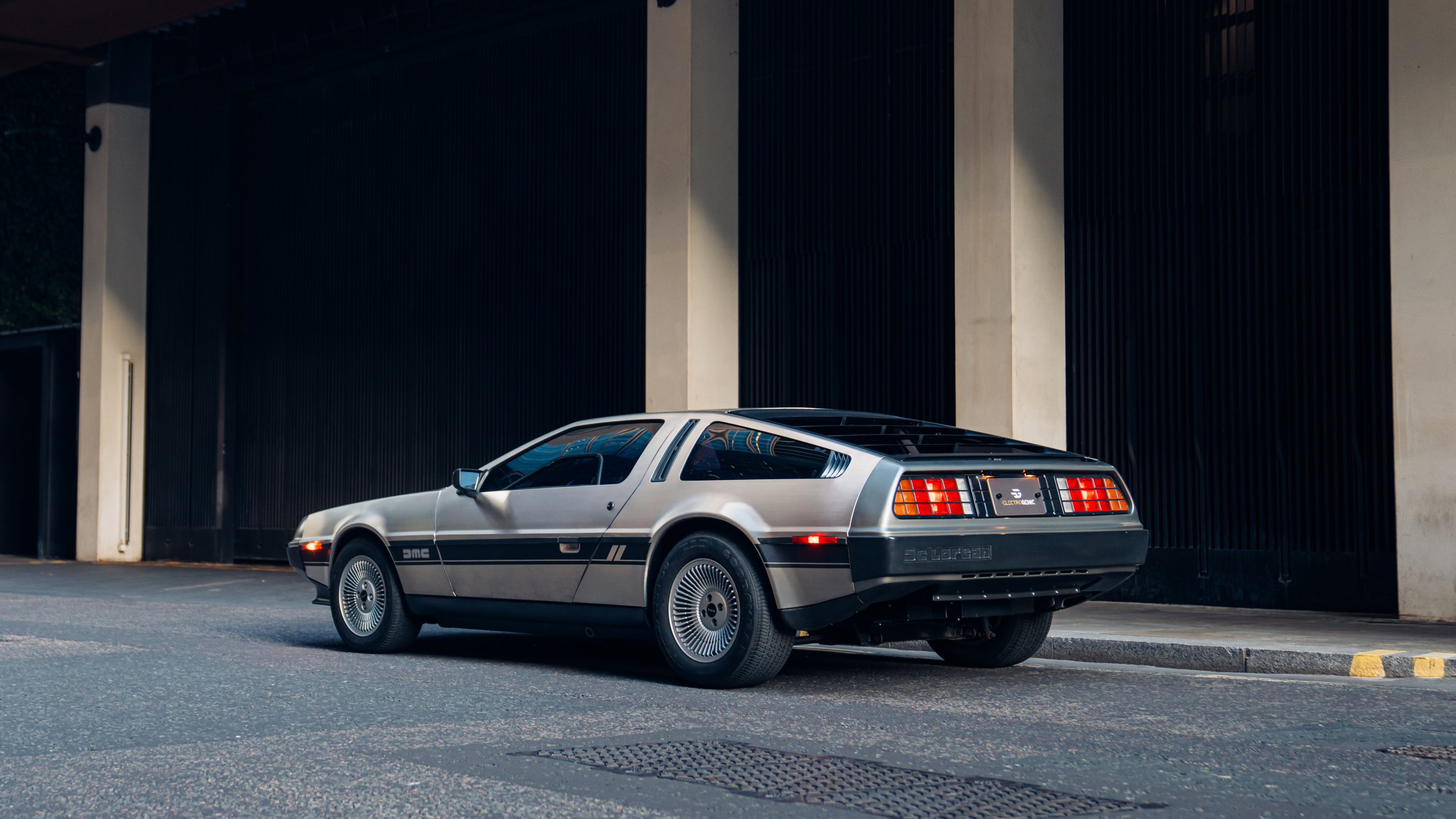
Of all the machines cluttering up its main storage space, one really stands out, the DeLorean DMC-12. This is Electrogenic’s first bite at this wayward icon of 1980s cool, a dramatic but familiar-looking machine that’s way lower and wider in the metal. Originally launched in 1981, it remained in production for less than two years. Only around 9,000 cars were built.
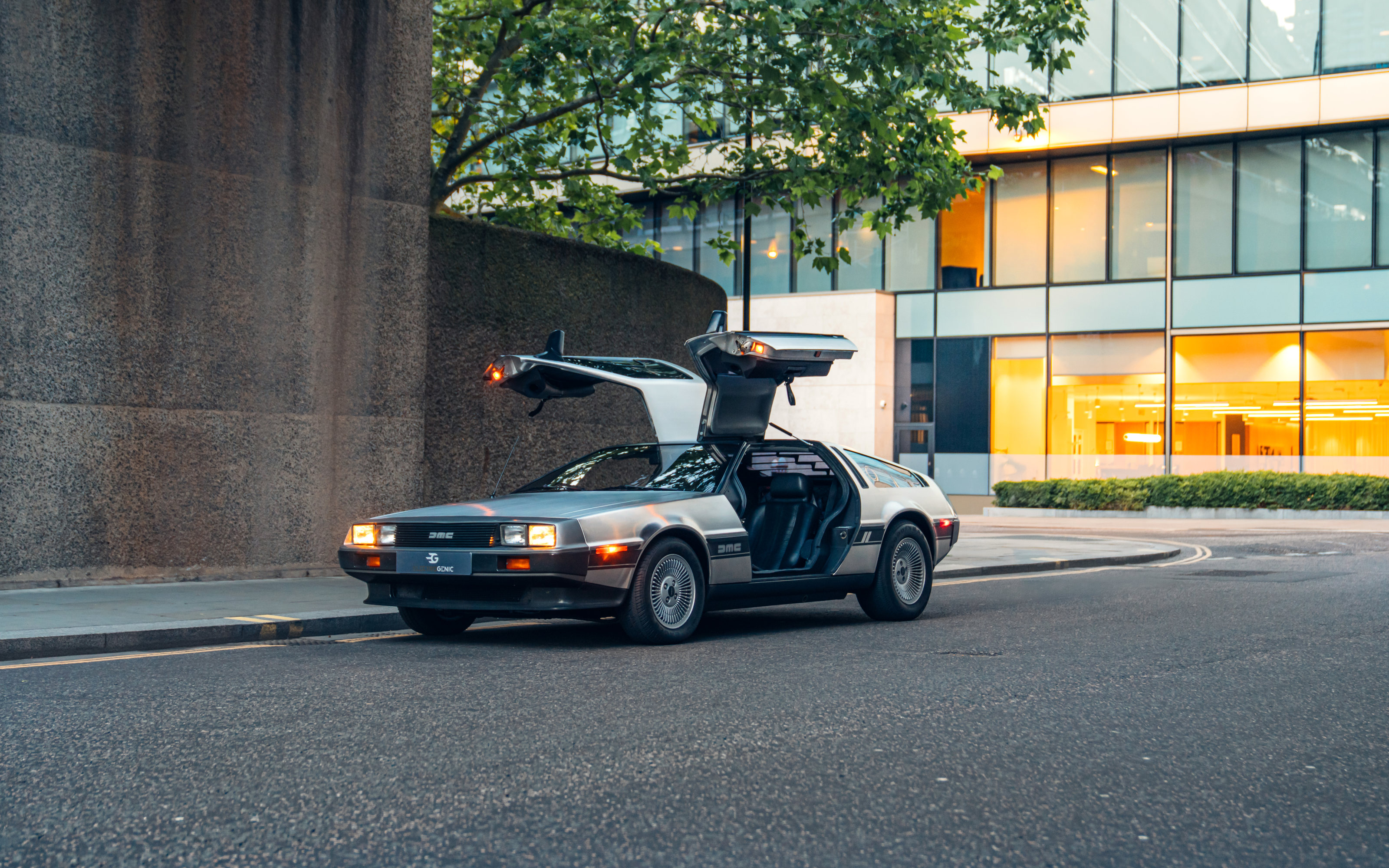
The DeLorean stands out from Electrogenic’s already idiosyncratic collection of cars, which range from VW Beetles, a Porsche 356, Jaguar E-Type, several Land-Rover Defenders, and a massive pre-war Rolls-Royce. Concealed under covers are a number of familiar-looking shapes that must stay anonymous for, for reasons we’ll later discover. Over the road is the workshop, an oilier, messier affair where the raw process is laid bare as classic cars are decarbonised and reborn as EVs. Currently in the works is a Citroen DS (the second that’s gone through the process), as well as an early Mazda MX-5.

The DeLorean is one of the company’s Bespoke projects, a select collection of meticulously hand-built cars that run to about 10 or 12 units each year. The rest of its output are kits, carefully engineered to fit a small number of iconic classic cars, namely the Jaguar E-Type, Porsche 911 (964 model), classic Mini, and Land-Rover’s Defender and earlier Series models. These are ‘drop-in’ kits, shaped to precisely fit the engine bay of the donor car and capable of being easily reversed, should a subsequent buyer hanker after the smell of burnt and spilt hydrocarbons.
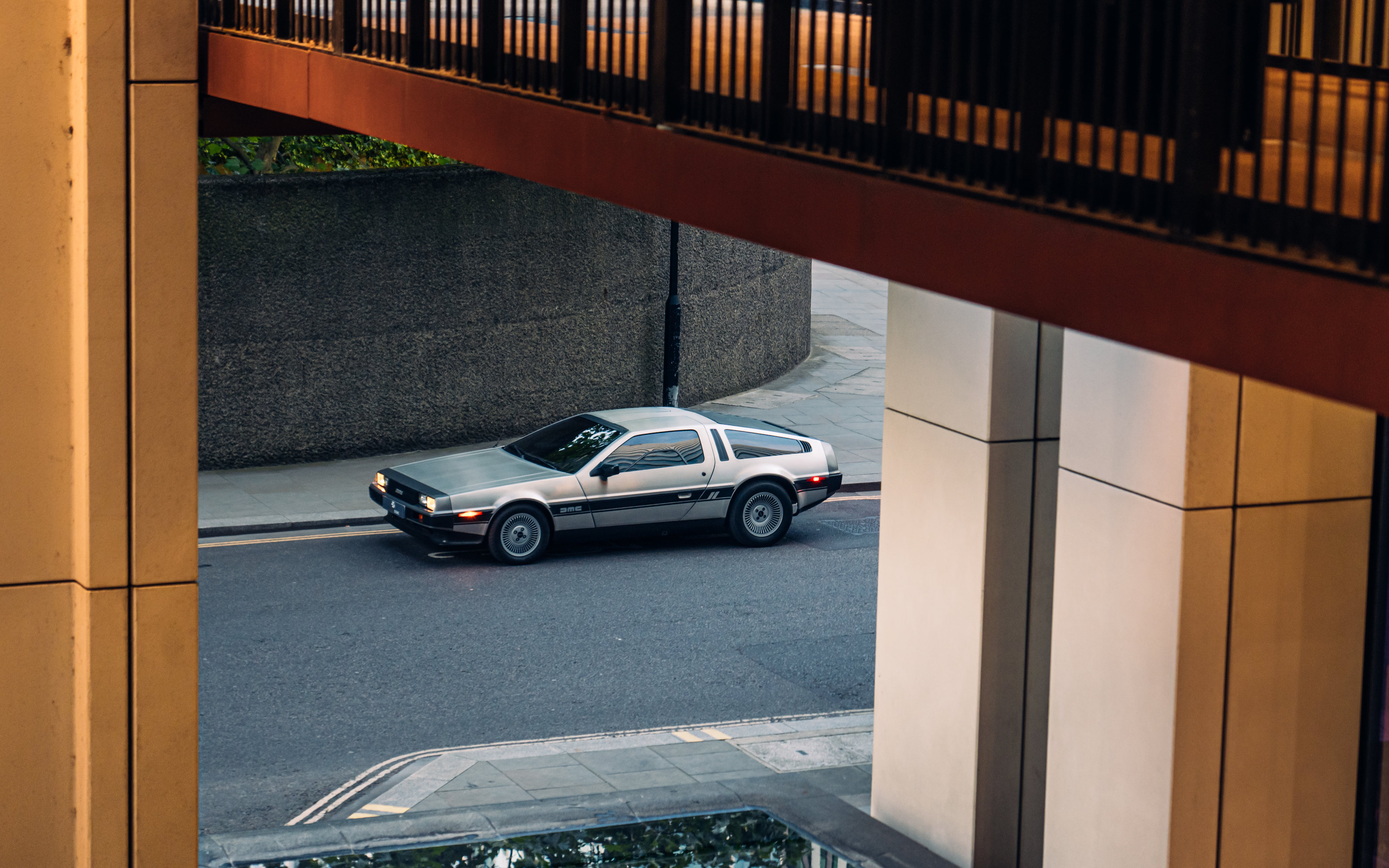
For Founder and CEO Steve Drummond, these are the precise qualities that an Electrogenic project is designed to avoid. Usability is what the company is all about. Customers quite often bring their own car for conversion, tired of spinning the wheel of breakdown roulette every time they ventured out in their wheezing old classic.
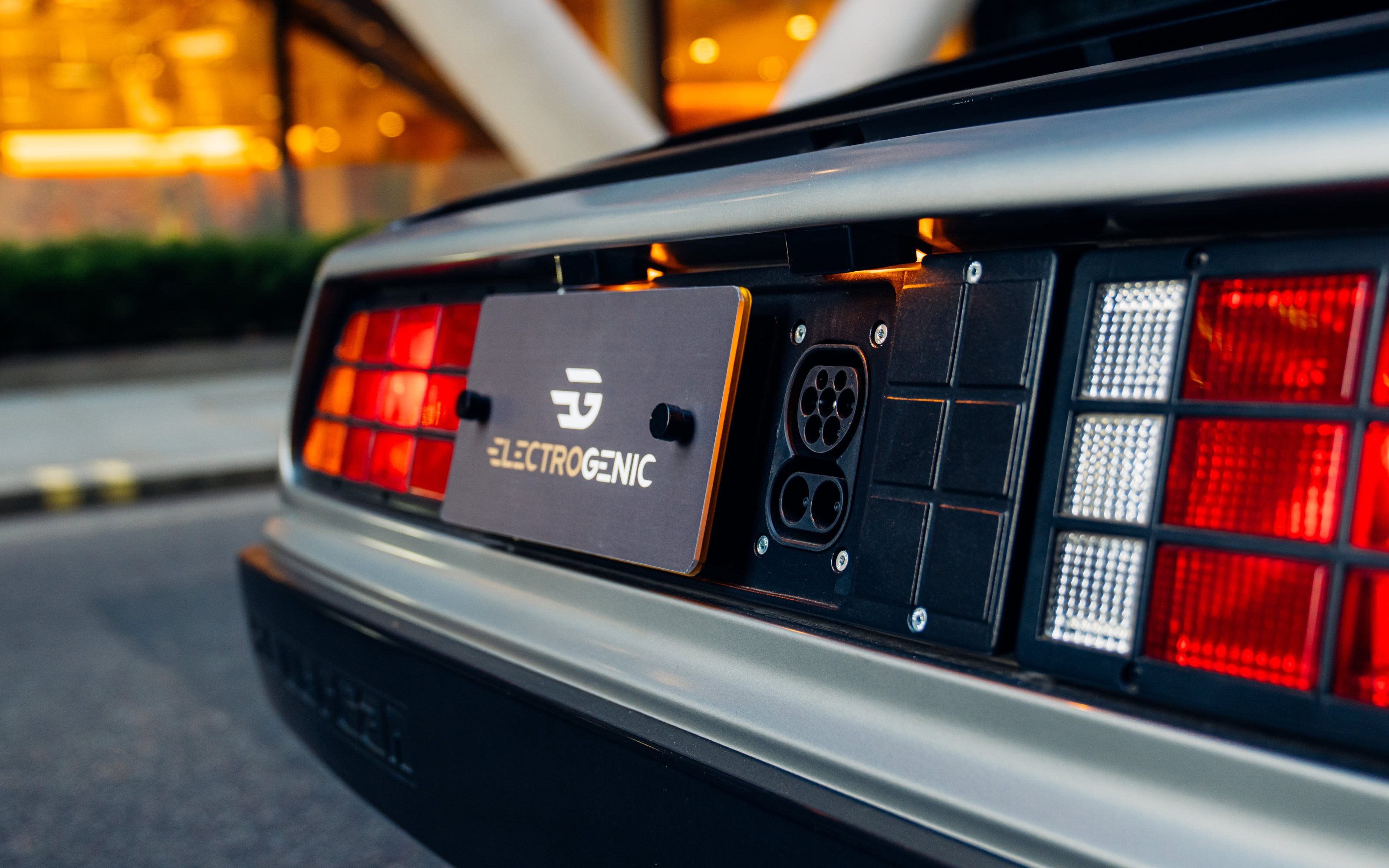
The CCS charge socket is concealed beneath the numberplate
The kits are sold to other businesses, usually specialists in the respective models, which can then be sold as ‘powered by Electrogenic’ cars. Specialist knowledge is required (‘High voltage is not to be messed with,’ Drummond notes). The company’s years of experience ensure each kit is perfectly tailored for the car. ‘We never cut, drill or weld. Everything is completely reversible,’ he says. ‘We try and use original dials and gauges and the battery and motors fits into the existing space.’
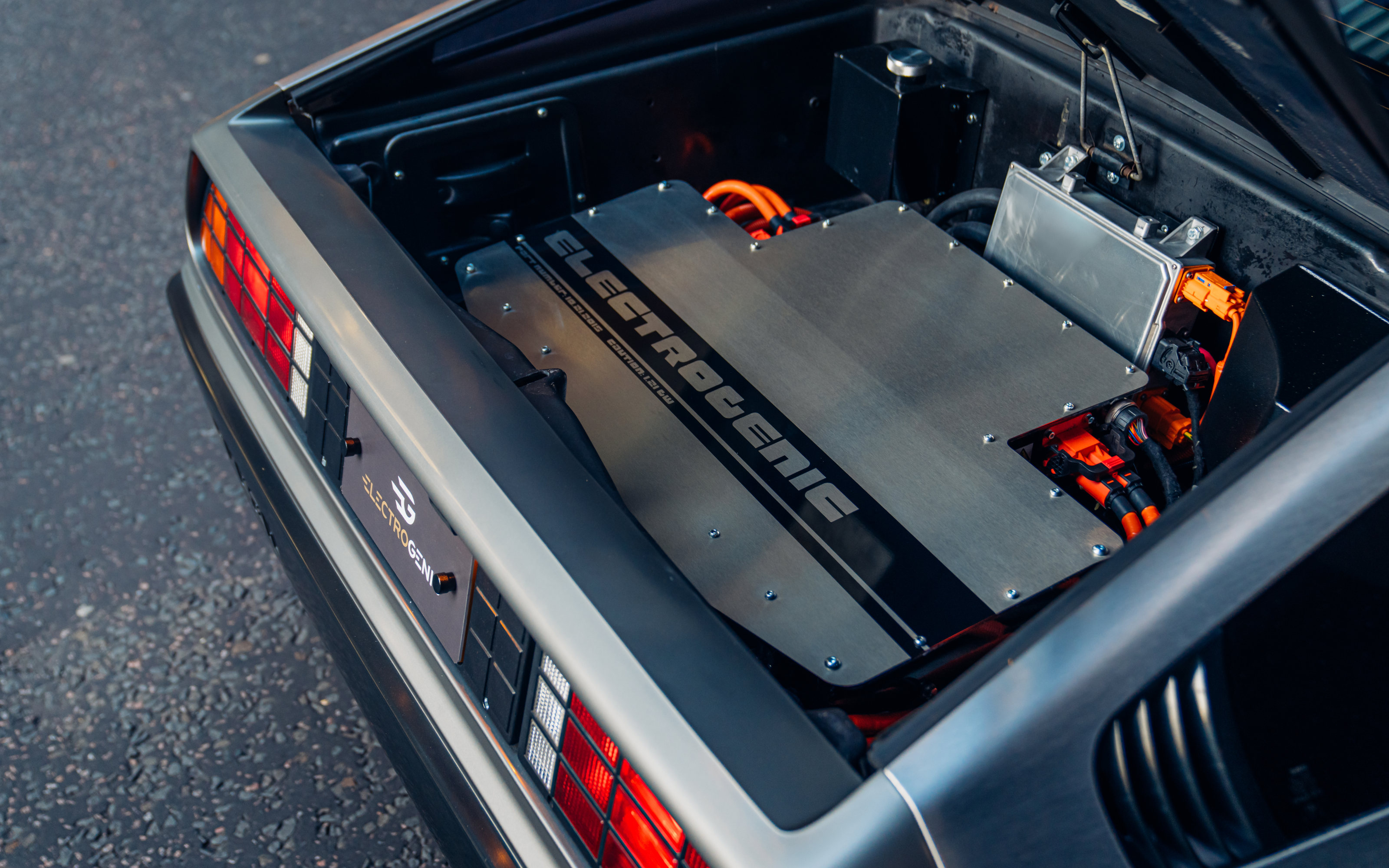
The engine bay now contains batteries
The other parts of the Electrogenic business are a little more secretive. The company is working on electrification programmes for a number of small manufacturers, acting as consultants to create prototypes and low volume manufacturing runs. In addition, it also works for the UK’s Military of Defence, helping the armed forces shift to EVs starting with the first combat 4x4s. Ironically, Drummond says he can probably talk more openly about the MoD work than the industry consultancy.
Wallpaper* Newsletter
Receive our daily digest of inspiration, escapism and design stories from around the world direct to your inbox.

The interior of the Electrogenic Electric DeLorean
Driving the electric DeLorean DMC-12
But that’s not why we’re here. This is the DeLorean’s public debut and its new owner has kindly allowed Wallpaper* to sample the car on the test track at Bicester Heritage, just down the road. The original DeLorean was an outrageous style statement in the shape of a car, with almost all practicality damned in favour of style. The striking form came from the pen of one Giorgetto Giugiaro, one of the most acclaimed automotive designers of all time. It owes a visual debt to earlier Italdesign concepts like the Maserati-based Medici I and Hyundai’s 1974 Pony Concept.
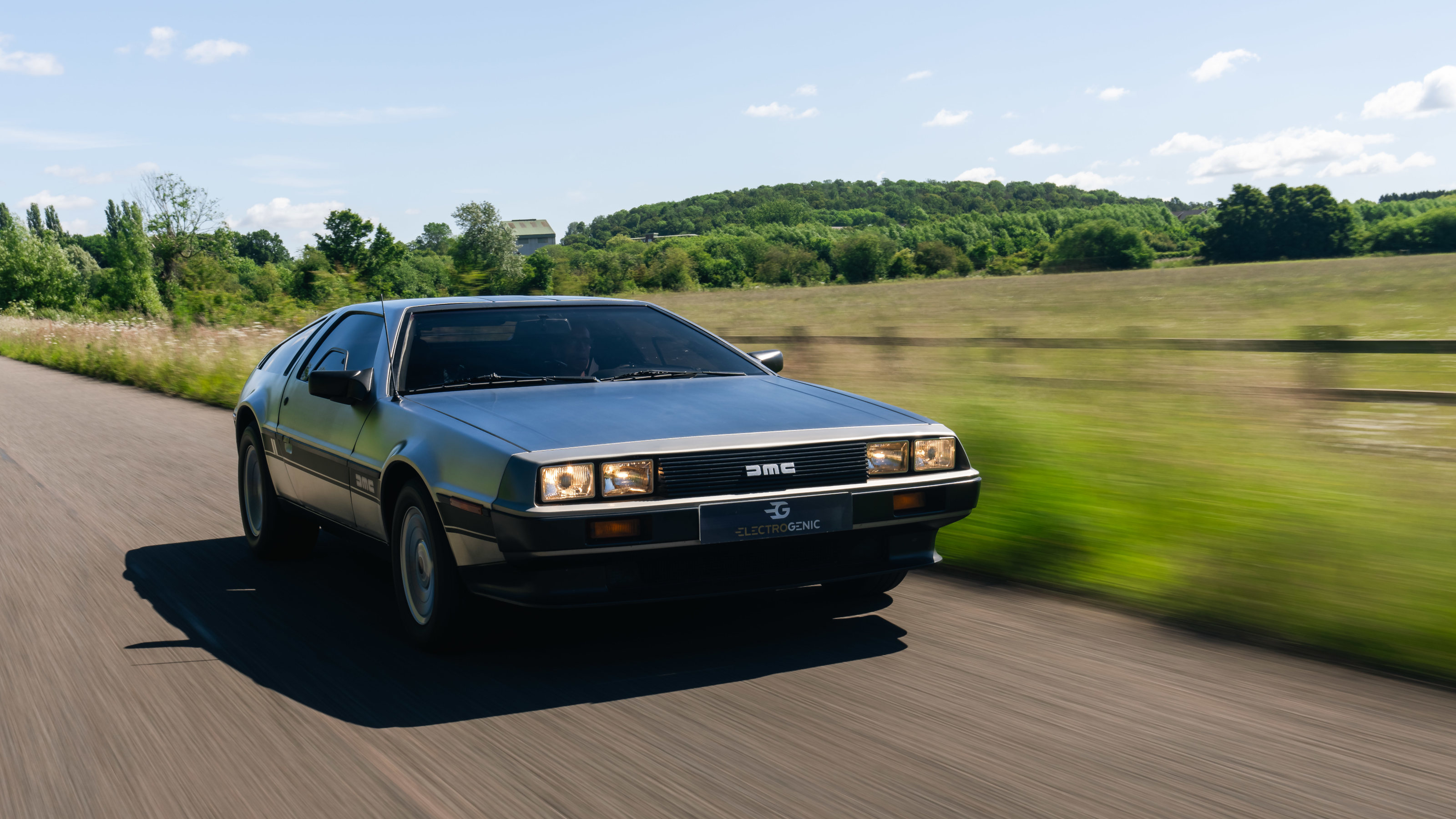
Famed for its gullwing doors, corrosion-proof stainless steel body and cinematic associations – of which more later – John Z DeLorean’s attempt to build the ultimate contemporary sports car has evolved from its original status as a glorious automotive failure to become an essential cultural and nostalgic reference point. Without the DMC-12’s shiny, sharp-edged flanks leading the way, it’s unlikely that Elon Musk would have picked creased stainless steel as the material of choice for his beleaguered Cybertruck (a vehicle very much in need of a much-loved movie franchise to preserve it for posterity).
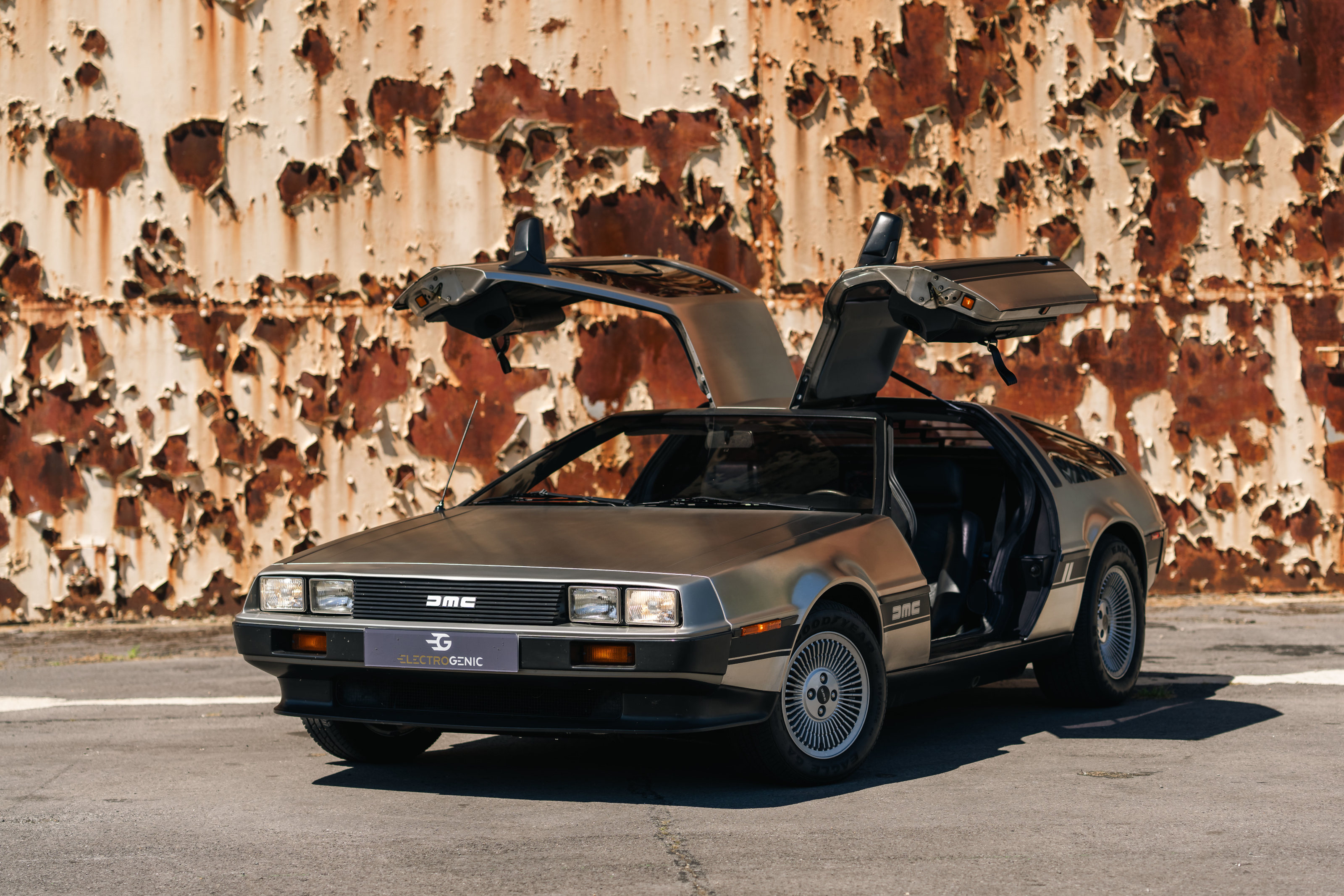
Rust never sleeps: Electrogenic Delorean DMC-12
When you first raise the gullwing door and slide in (rear first) to the DeLorean DMC-12’s low, low driver’s seat, you’re struck by the sheer impracticality of the driving position. This isn’t sitting – it’s practically reclining, and the well-padded, heavily patinated black leather seats reinforce that feeling of lying back on an overstuffed piece of outlandish 80s furniture. The road feels distant, framed by a shallow, wide windscreen that gives no clue as to the car’s width. Those big doors are easy enough to operate and have the added bonus of looking great when they’re open.

The gear selector has been replaced by a rotary drive selector
Had it not been for Hollywood, John DeLorean and his automotive experiment would probably have remained a curious footnote in motoring history, bolstered by the financial, political and ultimately legal shenanigans that bedevilled the Belfast-based company. The car might have looked the part, but it was hamstrung by an insipid Peugeot-Renault-Volvo V6 engine, rather than an all-American V with 8 or something Italian and exotic. Underpowered, not especially well built, and launched into the teeth of an economic recession, sales struggled, and the company folded in 1982.
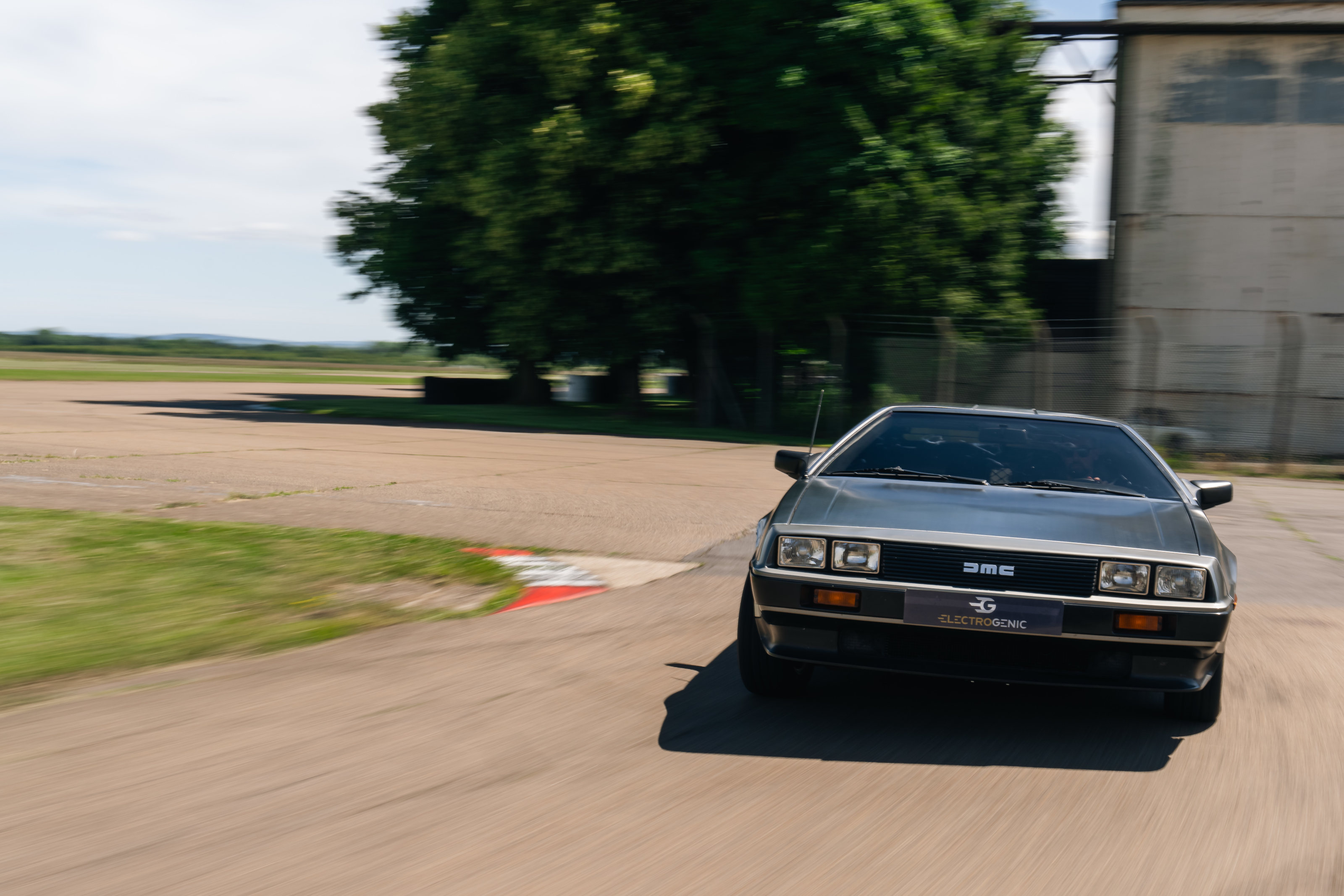
At the track, Electrogenic’s team talk us through the updates. It’s no exaggeration to say that electrification completely transforms the DMC-12’s character. It has now twice the power of the original, with only a marginal weight gain from the 43kWh battery pack, which is split between front luggage compartment and the rear engine bay. Painstakingly designed and assembled in house, right down to the lines of code that control the battery management system, the conversion cuts the DeLorean’s 0-60 time in half to around 5 seconds, and the characteristic instant torque of an electric motor makes the car feel sprightly at any speed.
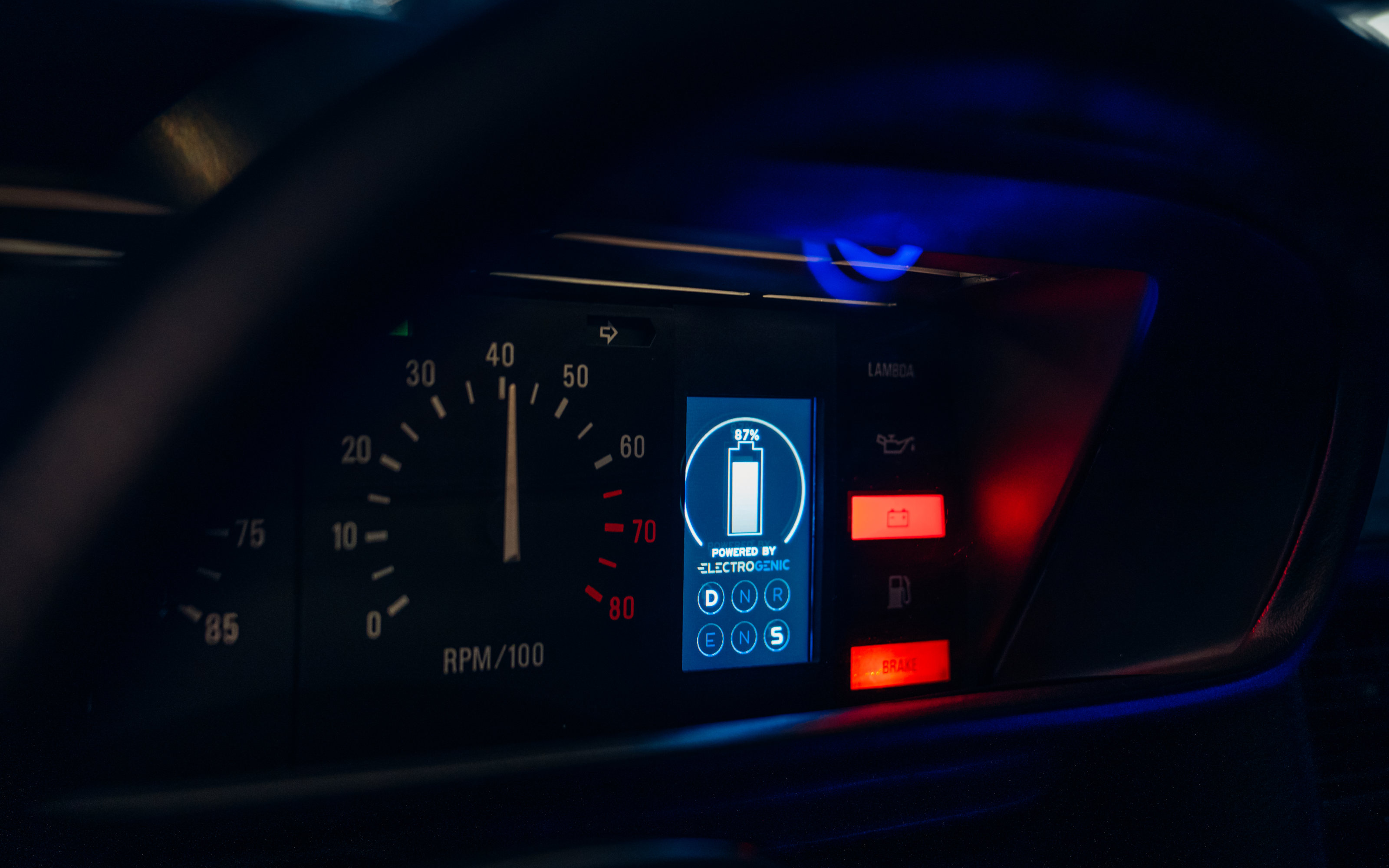
A subtle new screen provides essential EV information
A simple digital display has been integrated into the original dashboard to show the three driving modes, Sport, Normal and Eco, along with the battery level. Air conditioning has been retro-fitted, as has Apple CarPlay (in a concealed folding screen), and the engineering work also included regenerative braking to put power back into the battery as you scrub off the speed.

Out on the track there’s no concealing the fact that this is a big, old car, and creaks and bumps are very much in evidence. The interior is dark and angular, with chunky switchgear and period perfect graphics. Electrification certainly suits the DeLorean’s more space-age qualities, and although the soft whoosh of acceleration makes the rattles all the more prominent, it feels solid, relaxed and capable. The steering suspension was originally engineered by Lotus, so the car is more than capable of dealing with the power increase, but it’s still more suited to cruising, not hustling.
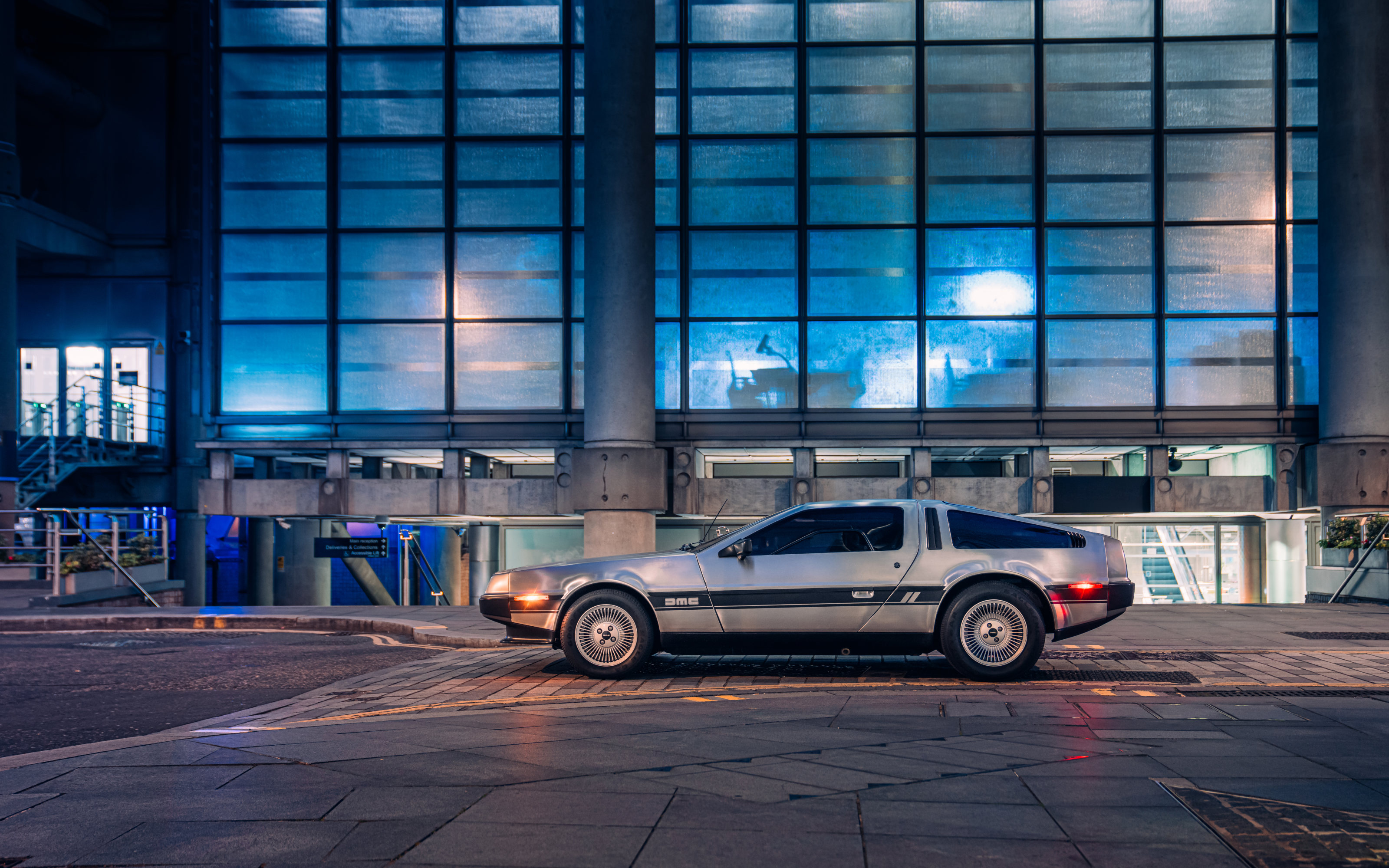
The range? Around 150 miles. Drummond notes that current battery technology means all Electrogenic cars end up with about the same range; bigger car, more batteries, more weight, lower range. Their electrified Mini has a compact 20kWh battery, and around 80 miles of range, for example. It’s a bit of an Achilles heel, but certainly no dealbreaker, especially with fast charging capacity (and a socket concealed behind the rear number plate). Nestled on the bulkhead between the seats is another non-standard fitting; a recreated Flux Capacitor. The customer couldn’t resist this nod to the DeLorean’s role in Back to the Future, and the light-up prop pairs perfectly with the silent powertrain.
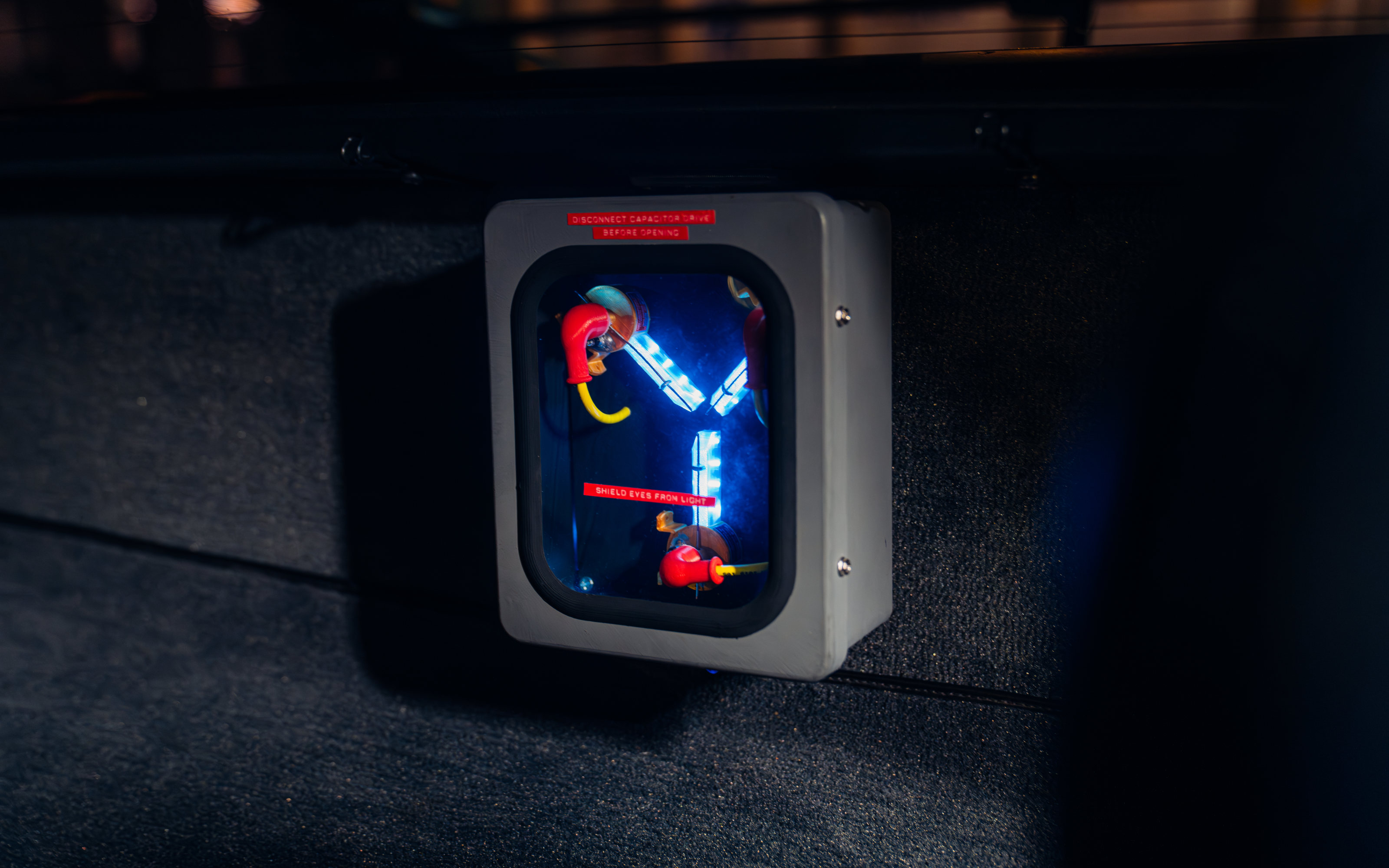
The 'Flux Capacitor', a nod to Back to the Future
Purists might argue that an engine is the heart and soul of a car, but Drummond counters that unless a car is used on a regular basis, it’s little more than a museum piece. He acknowledges that certain projects like the Mazda MX-5 are emotionally rather than economically driven, although as he says, the DeLorean, with its original wheezy engine, is the ‘perfect candidate for conversion to electric drive.

One machine in the Electrogenic workshop highlights this ethos better than any other. The vast 1929 Rolls-Royce Phantom was a one-off bespoke project for the actor and filmmaker Jason Momoa. It’s a mighty machine with an outré, OTT Hollywood presence, yet a century’s worth of patina has been preserved, inside and out. The new motor and battery are clad in a shiny deco-style housing underneath the vast bonnet, and the vintage dials and gear selector work the new electronics.
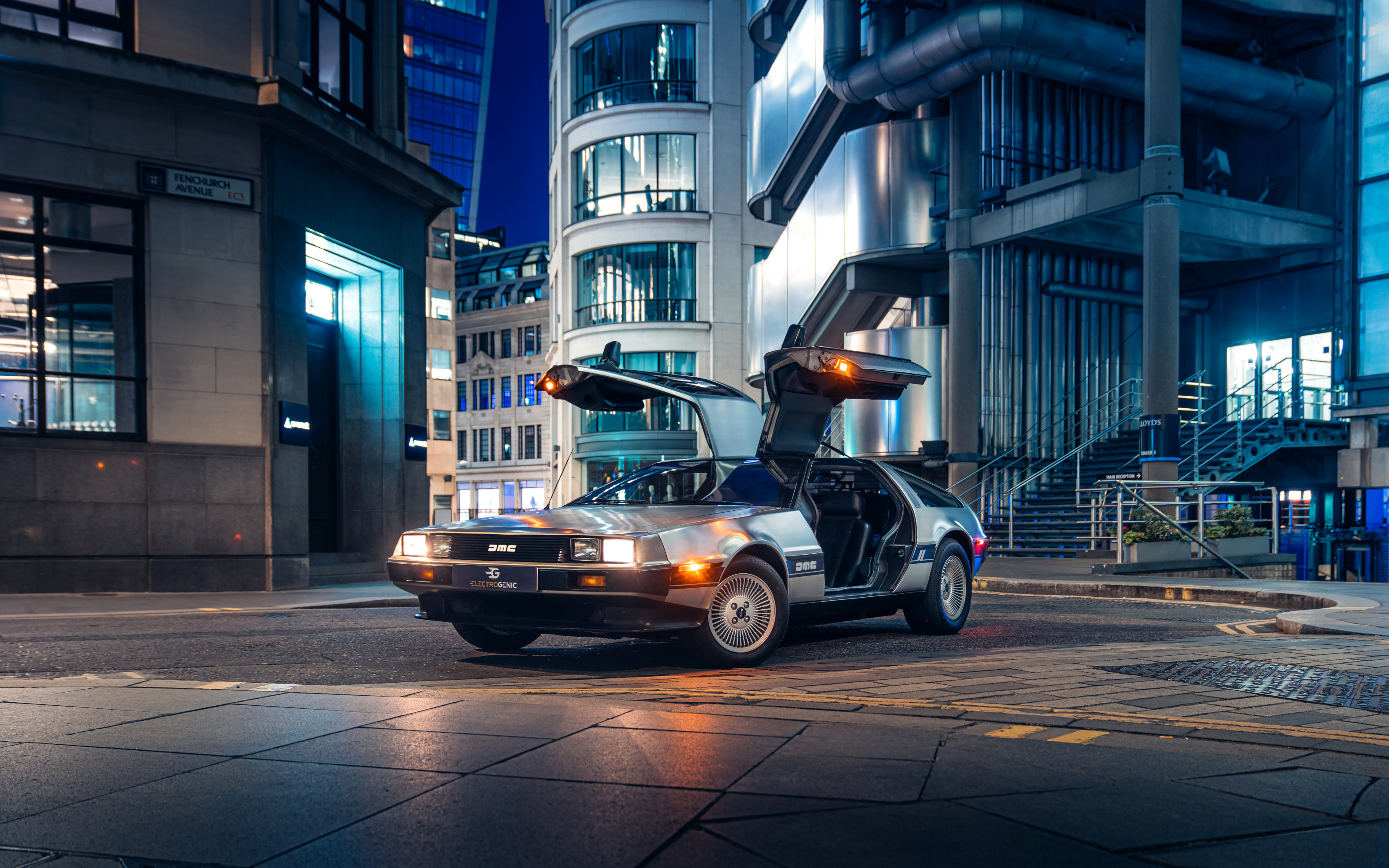
There are unlikely to be any takers for another electrified Twenties Phantom, but Electrogenic reckon the DeLorean is sufficiently transformed as make a kit a viable option. That wouldn’t have been possible without all the work and research undertaken on this particular car.
As we can attest, few modern cars attract as much attention or intrigue. Where we’re going, we probably do still need roads, as long as they’re quiet and free of smog. Ask Electrogenic to spark up a DeLorean and see where it’ll take you.
DeLorean DMC-12 Electrification kit, from £65,000 to £85,000 plus tax depending on installer (plus donor car), more details at Electrogenic.co.uk, @ElectrogenicRev
Jonathan Bell has written for Wallpaper* magazine since 1999, covering everything from architecture and transport design to books, tech and graphic design. He is now the magazine’s Transport and Technology Editor. Jonathan has written and edited 15 books, including Concept Car Design, 21st Century House, and The New Modern House. He is also the host of Wallpaper’s first podcast.
-
 Warp Records announces its first event in over a decade at the Barbican
Warp Records announces its first event in over a decade at the Barbican‘A Warp Happening,' landing 14 June, is guaranteed to be an epic day out
By Tianna Williams
-
 Cure your ‘beauty burnout’ with Kindred Black’s artisanal glassware
Cure your ‘beauty burnout’ with Kindred Black’s artisanal glasswareDoes a cure for ‘beauty burnout’ lie in bespoke design? The founders of Kindred Black think so. Here, they talk Wallpaper* through the brand’s latest made-to-order venture
By India Birgitta Jarvis
-
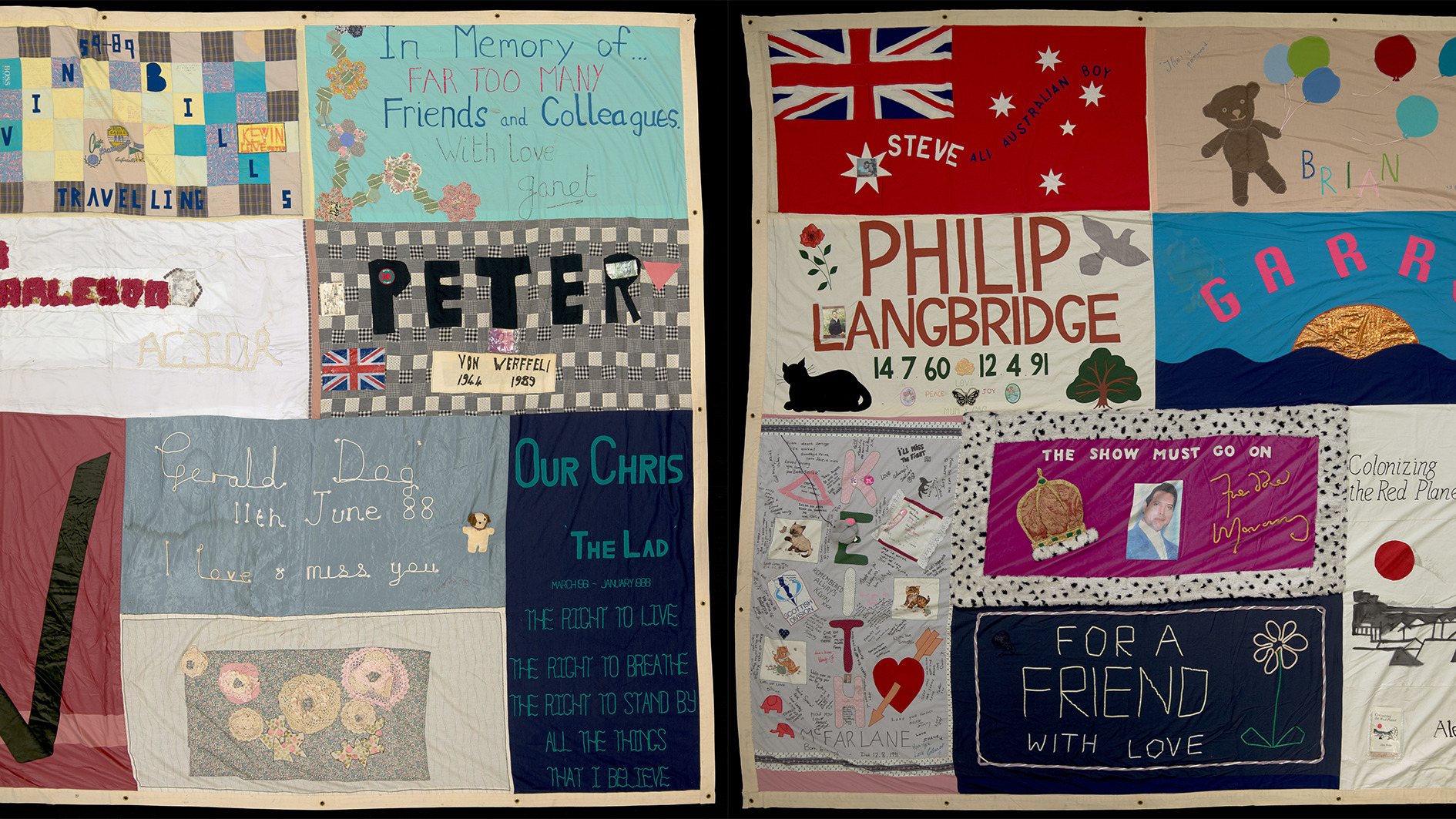 The UK AIDS Memorial Quilt will be shown at Tate Modern
The UK AIDS Memorial Quilt will be shown at Tate ModernThe 42-panel quilt, which commemorates those affected by HIV and AIDS, will be displayed in Tate Modern’s Turbine Hall in June 2025
By Anna Solomon
-
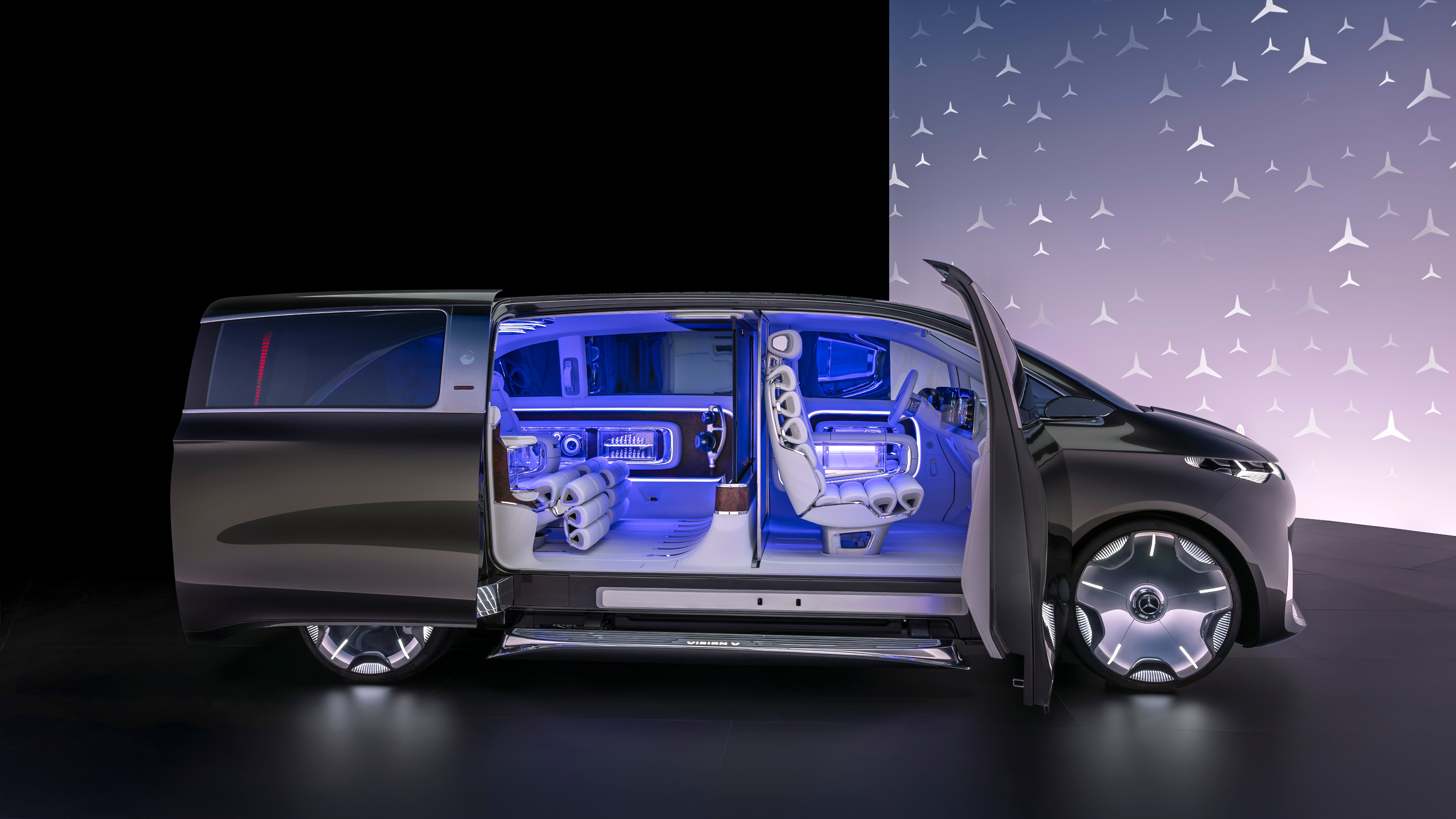 Mercedes-Benz previews its next-gen people mover with an ultra-luxury EV concept
Mercedes-Benz previews its next-gen people mover with an ultra-luxury EV conceptThe Mercedes-Benz Vision V Concept is an art deco picture palace on wheels, designed to immerse passengers in parallel worlds as they travel
By Jonathan Bell
-
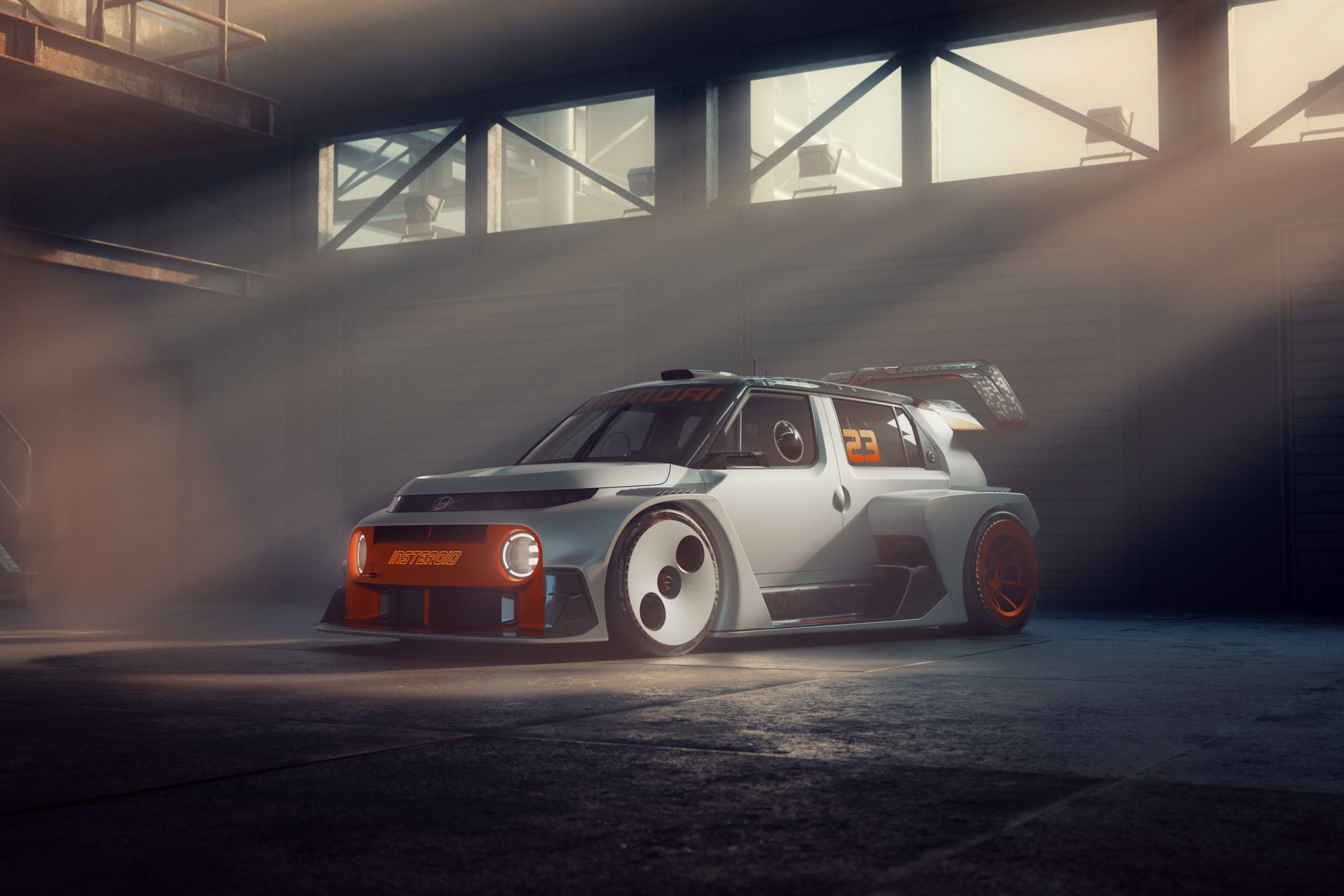 2025 Seoul Mobility Show report: all that's new and notable
2025 Seoul Mobility Show report: all that's new and notableOpened at a time of high national drama, the 2025 Seoul Mobility Show has gone on to underscore Korea’s place at the cutting edge of the auto industry. Guy Bird was there
By Guy Bird
-
 Meet the final drivable prototype of the Telo MT1 pickup truck, shaped by Fuseproject
Meet the final drivable prototype of the Telo MT1 pickup truck, shaped by FuseprojectThe Telo MT1 is a modestly scaled EV that turns the traditional all-American approach to pick-up truck design on its head
By Jonathan Bell
-
 EV start-up Halcyon transforms a classic 1970s Rolls-Royce into a smooth electric operator
EV start-up Halcyon transforms a classic 1970s Rolls-Royce into a smooth electric operatorThis 1978 Rolls-Royce Corniche is the first fruit of a new electric restomod company, the Surrey-based Halcyon
By Jonathan Bell
-
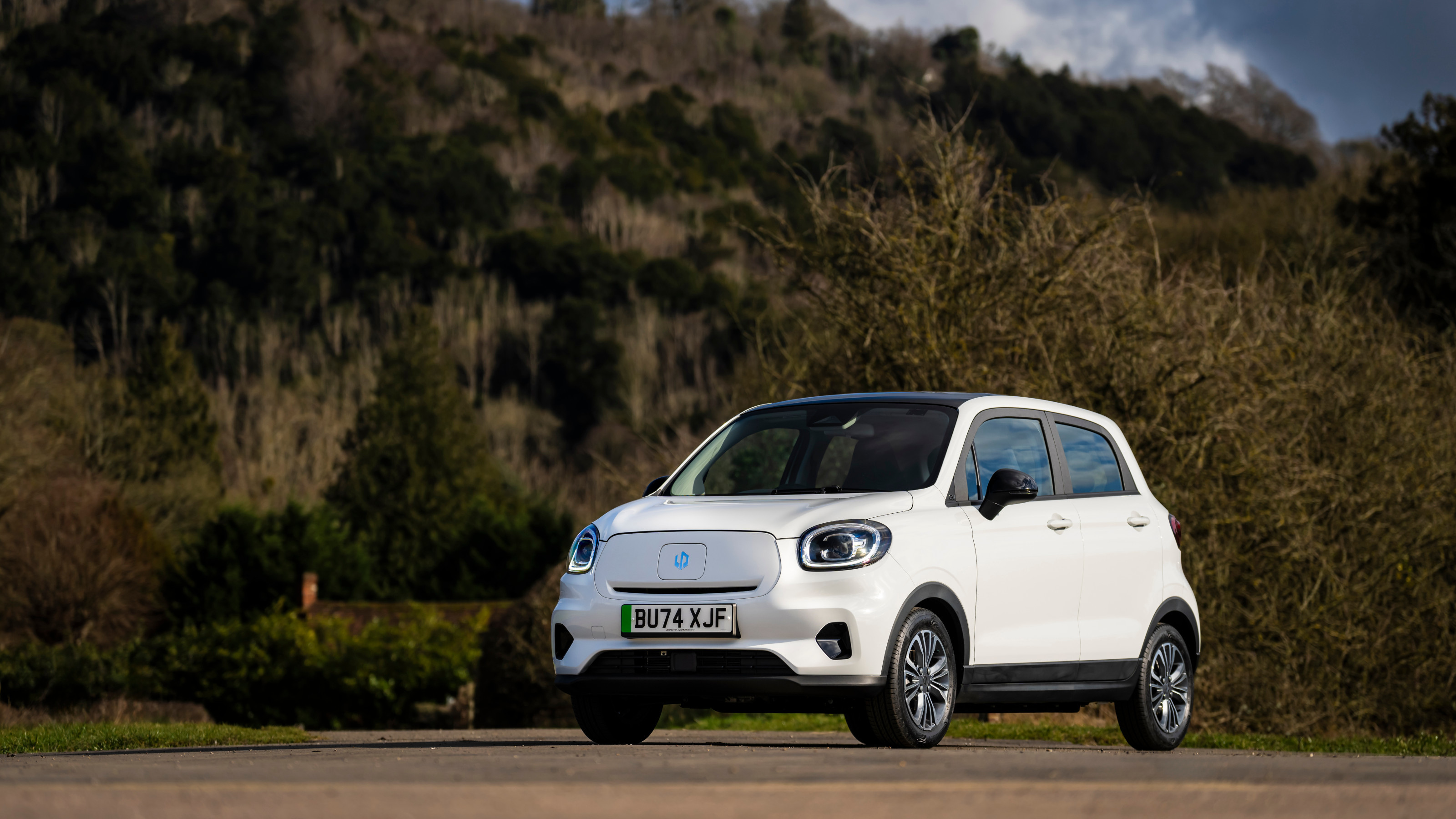 China’s Leapmotor pounces on the European car market with its T03 city car and C10 SUV
China’s Leapmotor pounces on the European car market with its T03 city car and C10 SUVLeapmotor’s tiny electric city car could be just the tonic for cramped urban Europe. We sample the T03 and its new sibling, the fully loaded C10 SUV, to see if the company’s value proposition stacks up
By Jonathan Bell
-
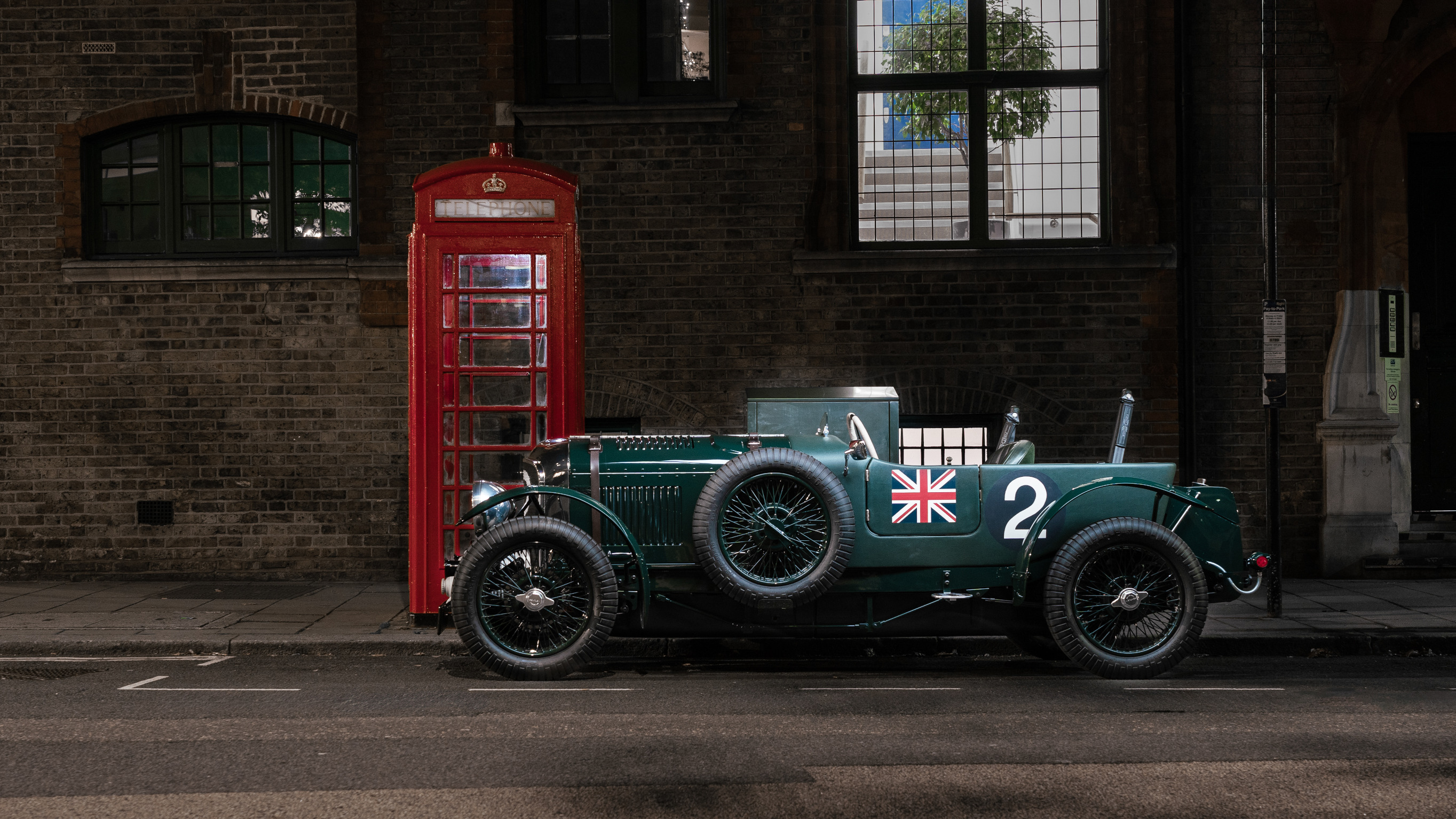 Wallpaper* takes the wheel of the Bentley Blower Jnr for a rich automotive experience
Wallpaper* takes the wheel of the Bentley Blower Jnr for a rich automotive experienceHedley Studios has shrunk the mighty Bentley Blower into this all-electric, road-legal barnstormer. We take it to the streets of London
By Jonathan Bell
-
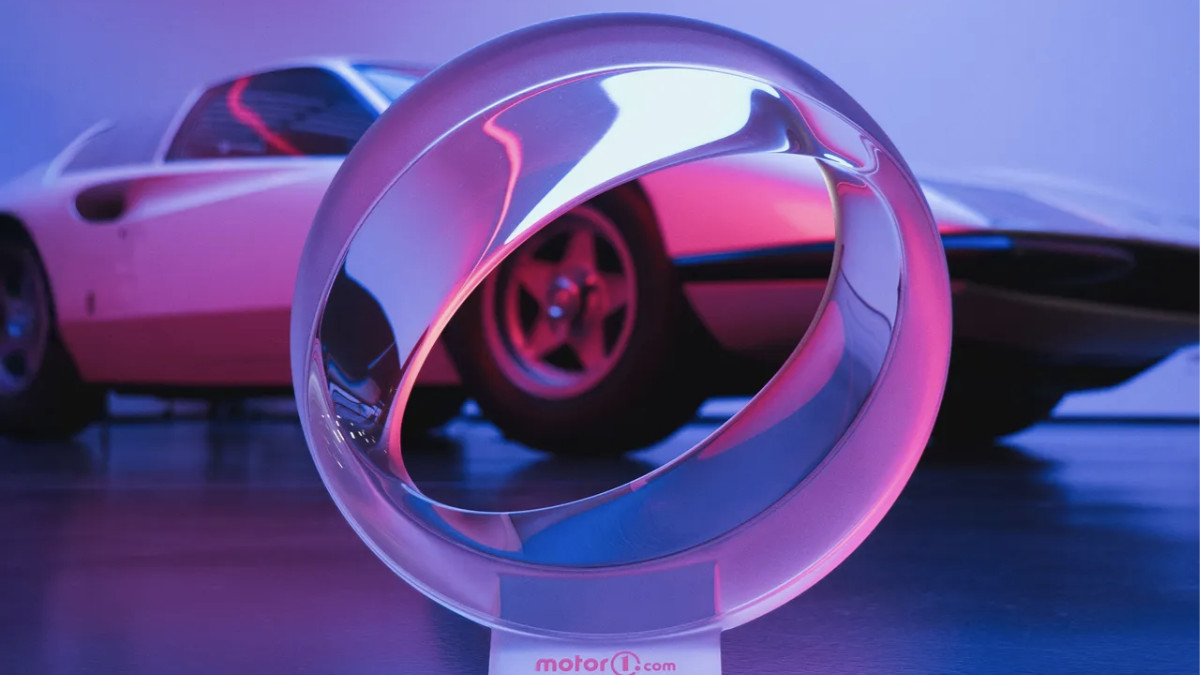 We are the world: Pininfarina’s ‘Orbis’ taps Papal support for an eco-friendly agenda
We are the world: Pininfarina’s ‘Orbis’ taps Papal support for an eco-friendly agendaThe Orbis is a ‘symbolic object’, a gift to Pope Francis from the Italian design agency at a time of political upheaval and social fracture around all aspects of sustainability
By Jonathan Bell
-
 The top 10 concept cars of 2024, as selected by Wallpaper’s Transport Editor
The top 10 concept cars of 2024, as selected by Wallpaper’s Transport EditorWe round up our favourite forays into futuristic design with this collection of concepts and design studies showcasing the transport of tomorrow
By Jonathan Bell